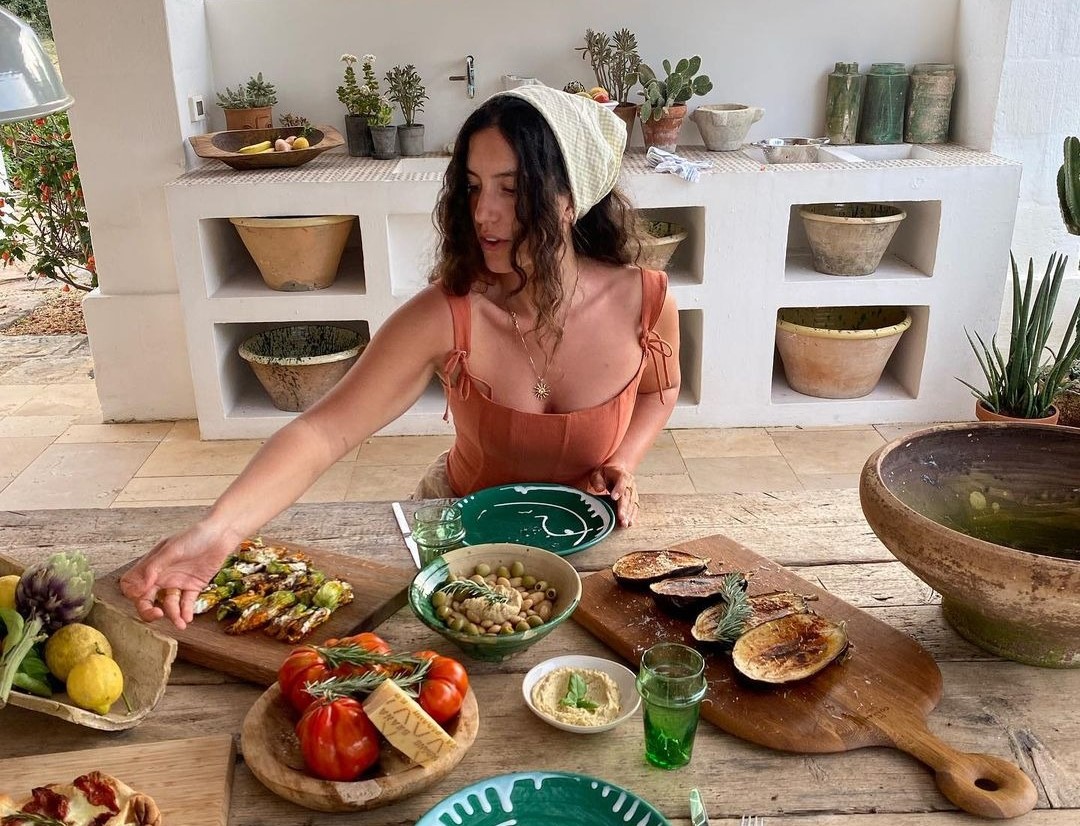15 healthy foods that we should all consume more
Spring is the ideal time to reset your diet, which includes a varied and balanced menu of healthy seasonal foods.
ALESSANDRA SIGNORELLIFebruary 25, 2024

Spring is the ideal time to reset your diet, which includes a varied and balanced menu of healthy seasonal foods.
ALESSANDRA SIGNORELLIFebruary 25, 2024
In addition to keeping the taste buds in suspense, maintaining variety in your daily diet can benefit your physical and mental health, providing the body with everything it needs to function optimally. According to the CDC, a mindful diet increases life expectancy, reduces the risk of disease, strengthens muscles, bones, and the immune system, contributes to a healthy weight, and improves dental and skin health. Topical treatments can only go so far. To look and feel our best on a holistic level, let’s consider food as the ultimate medicine. If we prefer to take this simple message from a different perspective, research shows that diet (or, more precisely, unhealthy diet) is the most significant risk factor for premature death. In short, if we’ve put our revitalized recipe regimen on hold, it’s time to re-prioritize it—and get cooking!
People are creatures of habit. So, if we need a little help introducing new ingredients into our daily diet, let the options below be your meal planning inspiration. Here are 15 healthy foods that we could all benefit from snacking on regularly.
Lupin beans
Red onion
Sardines
Capers
Arugula
Sweet potato
Kale
Mushrooms
Millet
Arugula
Chickpeas
Mango
Lentil
Kale
Blueberries
If you’re looking to improve your diet, these foods can add variety, nutritional value, and flavor to your menu. Various combinations of these healthy foods can provide you with all the nutrients you need for optimal body function and health.
Originally published on vogue.com